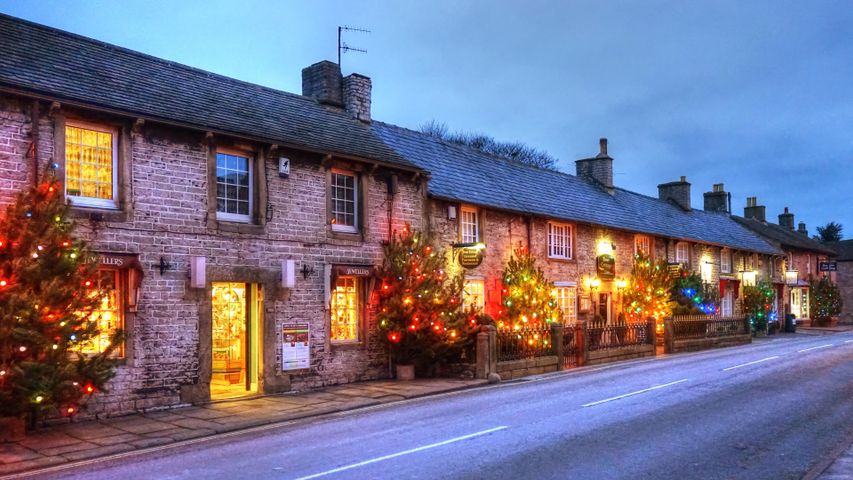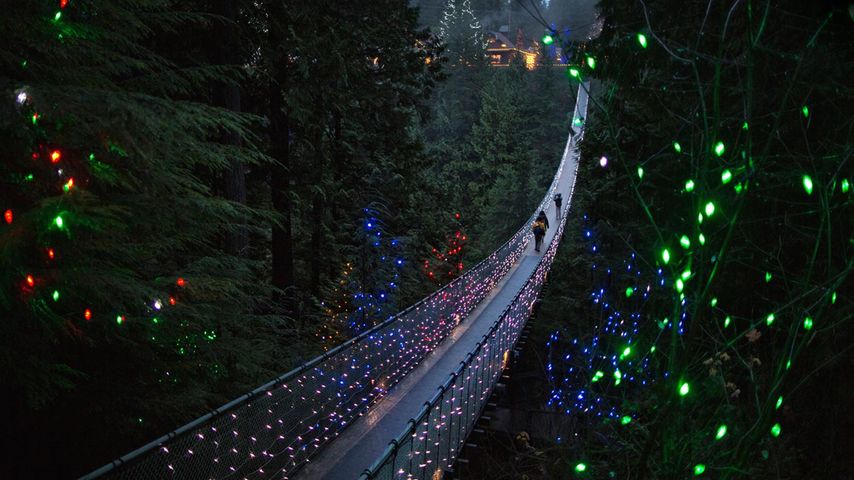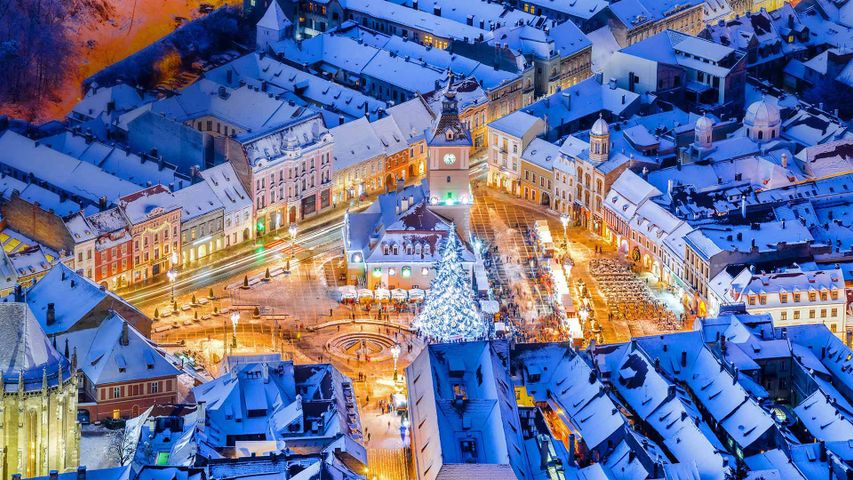A frosty winter morning at Glastonbury Tor, Somerset
© DEEPOL by plainpicture/Adam Burto
Top of the tor. Glastonbury Tor, Somerset
Shrouded in mist and myths, Glastonbury Tor is a natural hill that has dominated the skyline around this part of south-west England through the ages. The Somerset Levels are among the UK’s lowest, flattest areas and thousands of years ago the tor would have been an island in the sea. These days, those who climb 518ft (158m) to the summit are rewarded with 360-degree views over countryside stretching as far as Dorset, Wiltshire and Wales, on a clear day. Many come to visit this spiritual site, with its links to Paganism, early Christianity and Arthurian myths.
According to local lore, beneath the Tor is the gateway to the fairy realm of Annwn, where dwells the Celtic lord of the otherworld, Gwyn ab Nudd. Some legends have it that the Holy Grail itself was brought here by Joseph of Arimathea and buried beneath the Tor. Monks at nearby Glastonbury Abbey claimed to have found the bones of King Arthur in 1191, later to be lost again when the Abbey was left in ruins during the Dissolution of the Monasteries in 1539.
No-one is entirely sure why seven terraces were built around the tor, but theories range from them being used for agriculture or defence, to some sort of mystical maze created thousands of years ago. The tower is all that remains of a church built in 1323 which, like the abbey, was largely destroyed in the tumult of 1539. Now a Scheduled Ancient Monument, the tower continues its centuries-long vigil over a landscape steeped in history and legend.

 Tyne Bridge, England
Tyne Bridge, England
 Castleton, Derbyshire, England
Castleton, Derbyshire, England
 Venice Beach Skatepark at sunset, Los Angeles, California
Venice Beach Skatepark at sunset, Los Angeles, California
 Crescent Lake near Dunhuang, Gansu Province, China
Crescent Lake near Dunhuang, Gansu Province, China
 Aerial of the A82 crossing Loch Dochfour, Highlands
Aerial of the A82 crossing Loch Dochfour, Highlands
 Action from the 1950 British Grand Prix at Silverstone
Action from the 1950 British Grand Prix at Silverstone
 Christmas Tree Point Road and the hills of Twin Peaks, San Francisco, USA
Christmas Tree Point Road and the hills of Twin Peaks, San Francisco, USA
 The Capilano Suspension Bridge in Vancouver, British Columbia, Canada
The Capilano Suspension Bridge in Vancouver, British Columbia, Canada



